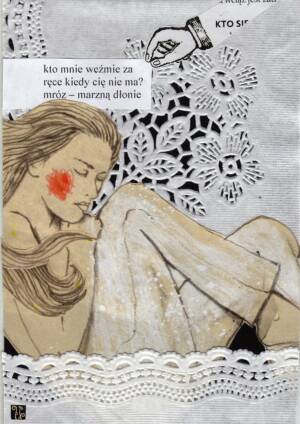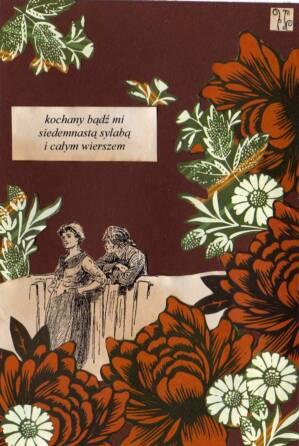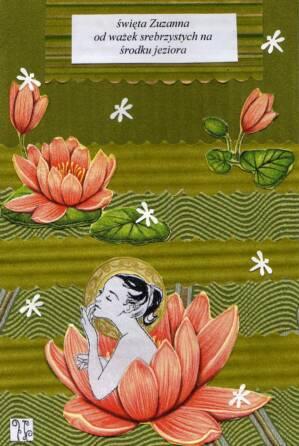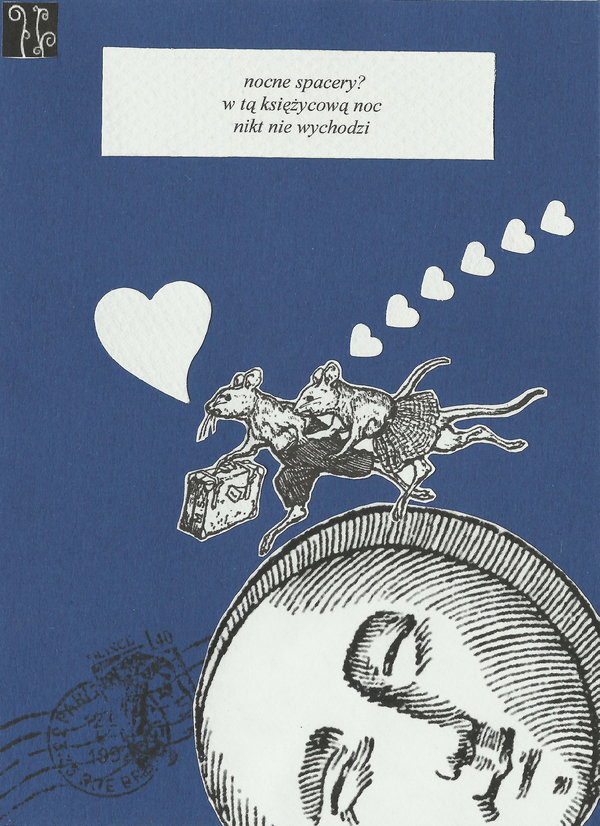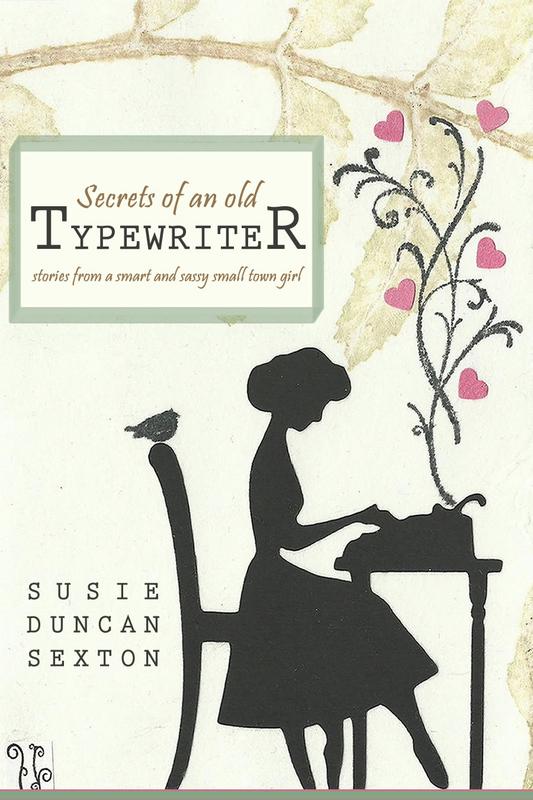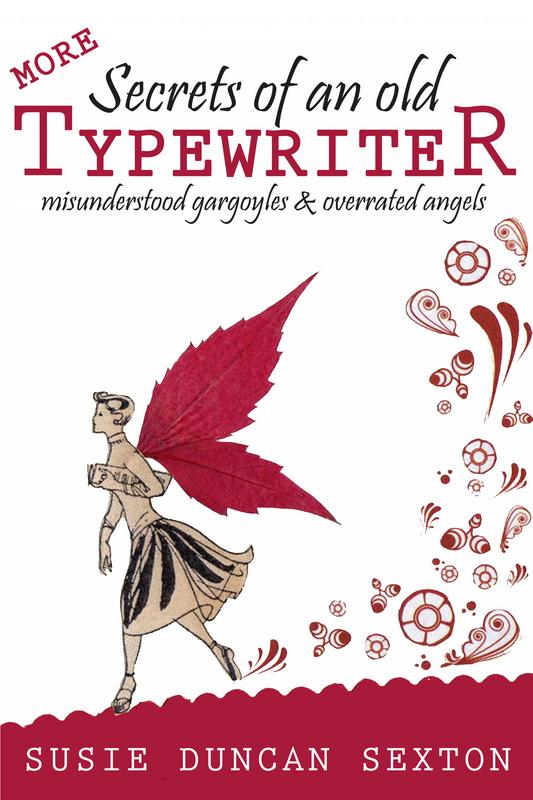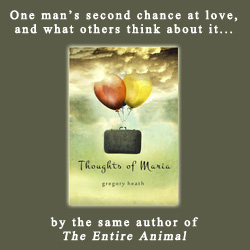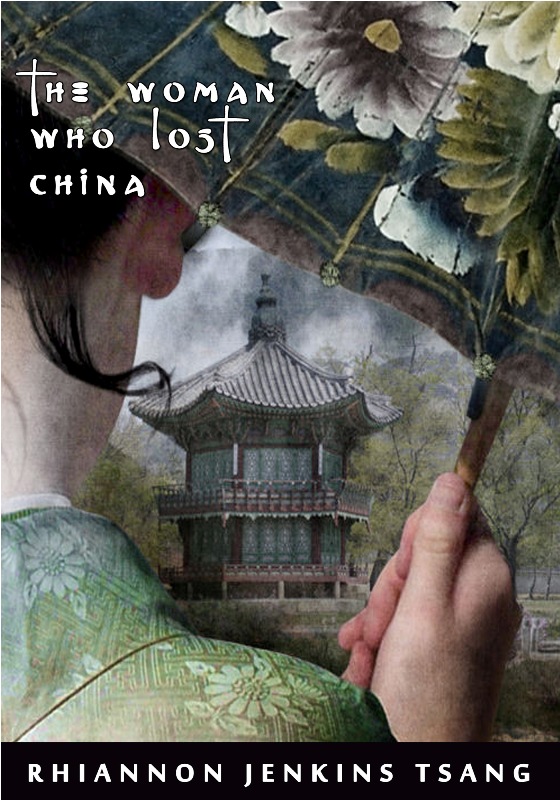Fine Art / Interview
Uncovering the Cover Artist
An interview with Zuzanna Orzel
by Kelly Huddleston
© Moronic Ox Literary Journal - Escape Media Publishers / Open Books
Moronic Ox Literary and Cultural Journal - Escape Media Publishers / Open Books Advertise your book, CD, or cause in the 'Ox'
Novel Excerpts, Short Stories, Poetry, Multimedia, Current Affairs, Book Reviews, Photo Essays, Visual Arts Submissions
About the artist:
Zuzanna Orzel (also known as Iro) was born in 1989 in Poland. She is a student of Cultural Studies at the University of Silesia in Katowice, Poland. She is the author of numerous short stories, poems and artworks in a collage technique. Her works were included in the collage-zine 'Collagista!'
Haiku 129
Haiku 141
Haiku 146
Haiku 233
The cover art of Susie Duncan Sexton’s first book Secrets of an Old Typewriter: Stories from a Smart and Sassy Small Town Girl (Open Books, 2011) features the collage piece “haiku 204” by Zuzanna Orzel, a Polish poet, photographer, and collagist. Impressed with the original and striking style of Ms. Orzel’s pieces, Open Books went back to her for the cover art of Sexton’s next book More Secrets of an Old Typewriter: Misunderstood Gargoyles and Overrated Angels.
Anticipating the release of Sexton’s second book on October 31, Open Books editor Kelly Huddleston conducted the following interview with Zuzanna Orzel to ask about her collage pieces, her inspiration behind them, what she likes to read, and much more.
KH: When did you create your first collage piece? What was your inspiration?
ZO: It is difficult to give a specific date because the idea for these activities happens with time. The first haiku I wrote in January 2008, and the first collage was created in September 2009. As with most things of this nature, the first collages were created by accident. I wanted to illustrate some of my writing for private use. I decided to use leaves, small pictures from old books, and scraps of paper. And it was the beginning of a big adventure...
Today my inspiration is mainly nature and the changing of the four seasons, but also my travels through Europe, Slavic mythology, literature... I love especially the Polish poets. I do not just draw inspiration from them, but sometimes I refer to lines that are well known to Polish readers. For example, collage diptych assembled from haiku no. 125 and 126 are my responses to Bolesław Leśmian’s poem "W malinowym chruśniaku" ("In Raspberry Brushwood"), one of the best known and most beautiful Polish love poems. It is a confession and a description of the experiences of two young lovers who have hidden from view in the brushwood to gather raspberries together. Fruits "become an instrument of caress, that first, that surprised." It is one of the most beautiful Polish erotic poems. This is just one example of many others. Inspiration can be anything, even the view from the bus window. This explains why most of my haikus are created during trips.
KH: How many collage pieces have you created to date?
ZO: Currently, there are over three hundred. To this day exactly 305, and the number is still growing. It also depends how we define collages; I also make diptychs, triptychs and even a series of four or more separate collages. Sometimes I try to tell a larger, more complex story. This was in the case of the three collages about ferns and Midsummer Eve (Triptych 'Midsummer Night' assembled from haiku no. 200, 201 and 202). Each of these may be presented separately, but next to each other they form a single, continuous space.
KH: Tell us about your creative as well as technical process when creating a piece.
ZO: Usually the idea of collage arises unexpectedly, sometimes under the influence of the association. Thus, in my personal notebook, you can find a lot of simple sketches. Later comes the moment of realization when I choose colors, characters, items... I must decide for example to age background of haiku by tea extract or use one of two pin-up girls, etc. Despite the gradual evolution and change, my collages are always accompanied by seventeen-syllable haiku. Each collage is also made on a vertically arranged postcard size paper block, and consists of only a few components. For now, I'm not going to change that—too much space of the creative realization and the accumulation of materials, in my opinion, contradicts the philosophy of simplicity dictated by haiku.
KH: Is there an overarching theme in your work?
ZO: It's hard to find one overarching theme. Surely you can find some subjects that are repeated fairly regularly. These are stories about emotional relationships, references to ancient Slavic myths and forgotten Polish beliefs, reports about traveling... I think that the most recognizable motif is Snufkin, a character from the well-known series of books about the Moomins by Tove Jansson. I have a great liking for him and affection. He is a character of sixteen of my collages.
KH: Each collage piece features “haiku” in the title. Does this mean you have also written a poem alongside each collage, and if so, which do you complete first—the poem or the collage?
ZO: First of all, I was (and I am) a poet, and later it was time for the plastic arts. It never occurred to me to write the poem for a collage. Always a haiku is created in the first place. Of course it happens that already in the process of writing I know how to illustrate a haiku. Sometimes it is also possible that the idea of collage comes alone, and I find later the right lines in my archive. But regardless of the technique haiku is always the first.
KH: Please share one of your haikus with us.
ZO: Of course! The first one that comes to my mind I wrote recently in the course of an evening walk:
the construction crane
in evening on a housing estate
put on the stars
KH: You’re a photographer too. Tell us about that.
ZO: Actually yes, I am an avid amateur photographer. Today, however, my pictures are a mainly private hobby and I rarely publish my works. In photography I like (and still appreciate) exactly the same things I value in haiku—capturing the moment and specific, fleeting moment: smile, cobwebs, or a leaf in the wind. It's the beautiful little things that quickly fade but make our life complete.
KH: Where do you live in Poland? What’s the culture scene there? Has your work been exhibited in local galleries?
ZO: I live in southern Poland, namely in Silesia. This is an area with a very distinctive local culture, but also the place of cultural projects from Poland, Europe and the world. For example, the main Silesian town Katowice near which I live is a candidate for the title of European Capital of Culture in 2016. Also my city is unique and stimulating to learn history. This year the brewery of my town is celebrating 400 years of continuous activity and production of Tyskie beer! There’s a reason for patriotic pride. So Silesia is a place of strong tradition but also of innovation and modernity.
As for the public to present my work... Well, I had a few suggestions, but for now I have refused. I agreed only to participate in a group exhibition of collages in Canberra, Australia, two years ago. I want first to develop my skills and technique, gain experience and complete more works, and then I will go with them to the people through the gallery. All the indications are that this will change soon and I'll have my own preview. I also show some of my works during my poetry evenings.
KH: What’s it been like to have two of your collages turned into book covers?
ZO: It is a beautiful experience! It is always a big honor and pleasure when more people see the results of my work and enjoy it. Besides, I really love the books, so the joy is bigger for me. It's funny also because the book's author is my namesake, is not it?
KH: What do you like to read?
ZO: Difficult question. I love to read regardless of a specific author, time period, or genre. For example, my favorite books are equally The Hunchback of Notre-Dame by Victor Hugo, The Godfather by Mario Puzo and The Chrysanthemum and the Sword by Ruth Benedict. The last selection is the result of my studies and scientific interest (recently I am a qualified anthropologist and expert of culture). I greatly appreciate the Polish authors, both new and old: Andrzej Sapkowski, Edward Stachura, Igor Newerly and many, many more...
KH: Where can people find out more about you and your work?
ZO: Well... I have a blog, but I use it in the Polish language. However, you can use the translator installed on the blog. My art works are mostly found at wrzosowata-iro.deviantart.com. If you're curious the word "Wrzosowata" connects with the word heather. It could be explaned as "girl with heathers” or "girl from moor". And Iro is the name of the woman with a Greek myth. Every night Iro would light a lamp allowing her lover to cross the sea and get to her. It's a beautiful but sad story. I prepared collage no. 123 about me and this story.
Secrets of an Old Typewriter: Stories from a Smart and Sassy Small Town Girl is available now from Open Books Direct
or
from Amazon
More Secrets of an Old Typewriter: Misunderstood Gargoyles & Overrated Angels will be released by Open Books
October 15, 2013
Two Stunning
Open Books
Front List
Titles

